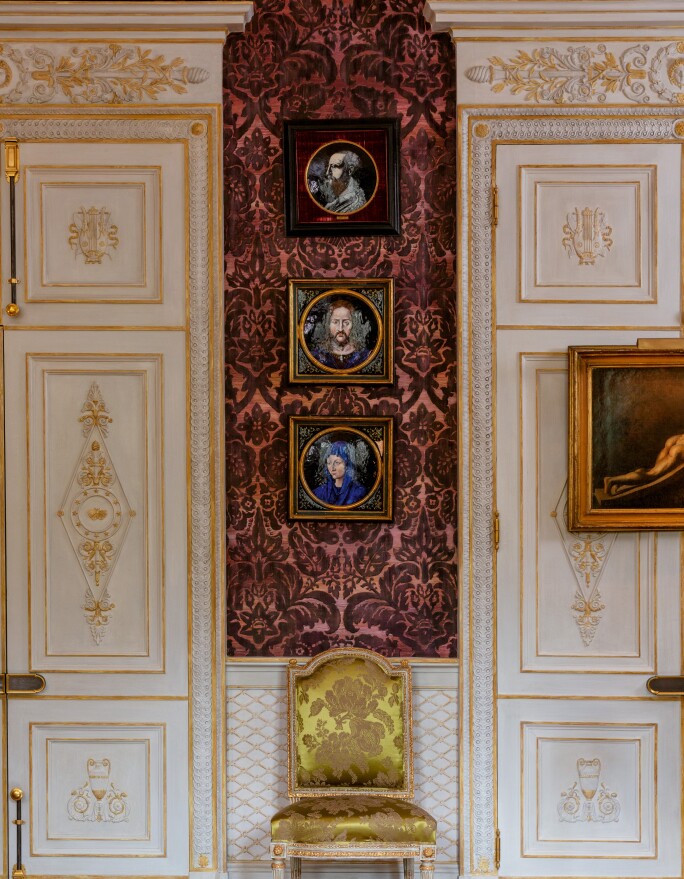S ometimes in life you come across exceptional people. Pierre Bergé was one of these.
On receiving our book he wanted to meet us. He had come to Tangier to see one of our projects and was impressed. A connoisseur of Morocco who had known the country very well for so many years, he found our interpretation – the link with the past and the subtle hint of Italy that went well with the exoticism of the place – to be remarkable.
Some time afterwards he called and asked us to meet up again in Paris. He wanted to show us a house he had owned for a few years and had never lived in. We were partly flattered, partly a little anxious. A cultivated Frenchman, renowned for his entrepreneurial skills and his taste, reserved and rigorous, was calling on two “young” Italians to rethink his house in Paris.
He wished to transform the piano nobile, left temporarily abandoned, which he had bought because he did not want to hear footsteps above his head. There was no need for bedrooms because they were already on the ground floor, where he lived. He wanted a place just for the pleasure of walking through it, stopping to leaf through one of the books in the magnificent library, or simply to have fun with us in creating a particular space, different from the kind people expect to find at such an address.
His aim was a particular interpretation of French grandeur, a soupçon of Italy bound up with nostalgia and a lost world he wanted to restore to new life in those rooms. He wanted to look at it, he told us, the way one looks at a painting. We listened, trying to understand his wishes, looking for traces of a past that belonged to the house, wondering about how best to enhance what was already there and how to highlight the beautiful works he put at our disposal.
It was a special journey with a special person. The apartment was painted entirely in grey and white using a synthetic product; the oak flooring had been lightened, apart from one room that was lined with embossed wallpaper in shades of plum. There were no apparent traces of any pre-existing decoration.
As in an archaeological dig, we removed the film of thick paint that covered the walls, cornices, doors, and ceilings. In this way, we found fragments of gilt work and colour on the ornamentation and the reliefs of the mouldings. The past peeped out after decades of oblivion. Pierre had great faith in us and took part in the meetings, listening attentively and keeping an eye on everything, leaving us to choose where to relocate his “treasures,” which, for him, were the memories of a life and of a great passion.
Little by little, the rooms began to take on a new form and light and the works, placed in these new environments, showcased the taste and discriminating eye of an extremely refined collector, a taste that ranged from Roman antiquities to the artists of the twentieth century, passing through all the expressions of art.
A man who appreciated the quality of the details in the work combined with the harmony of the whole. It was a fruitful dialogue, which will live on in the mists of time and our memory, even after the last object has disappeared together with him.

Studio Peregalli offers ten of their very best and most important projects to date in their new book, Grand Tour: The Worldly Projects of Studio Peregalli.
CLICK HERE to view the full sale catalogue for Sotheby’s sale, Pierre Bergé: From One Home to Another









